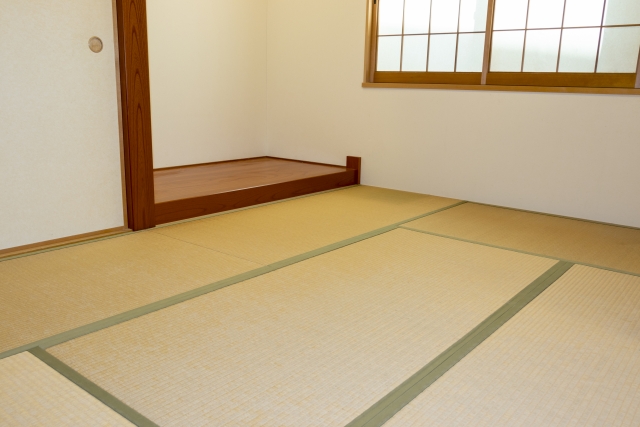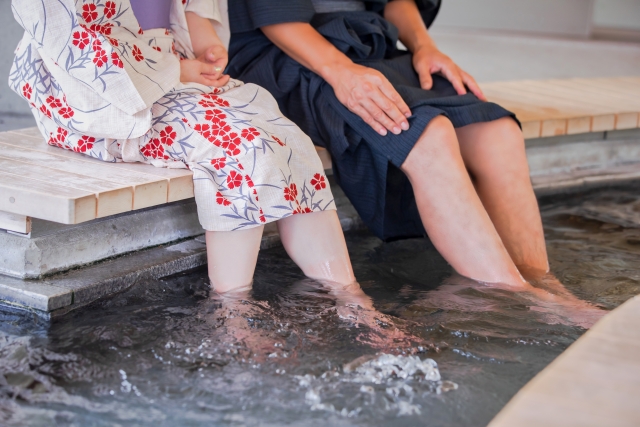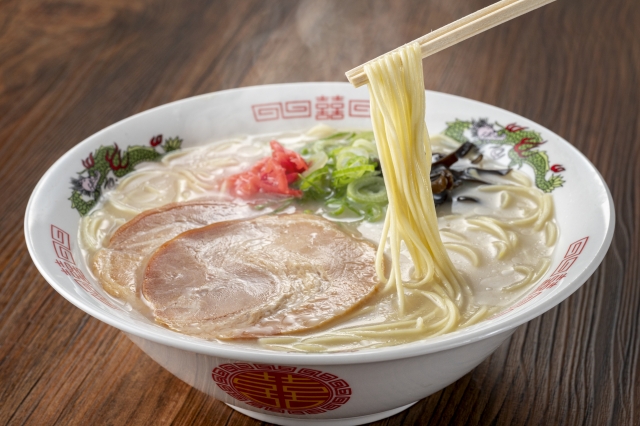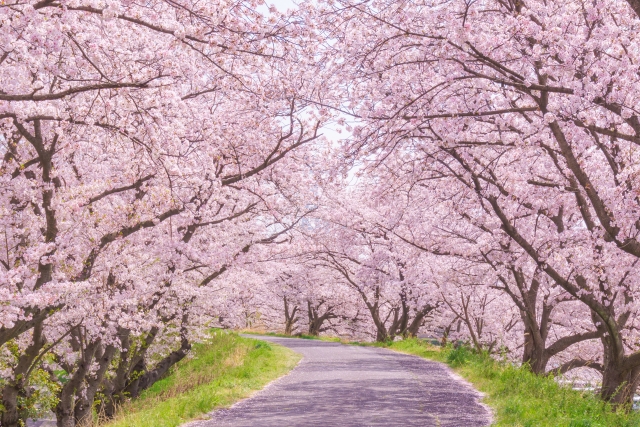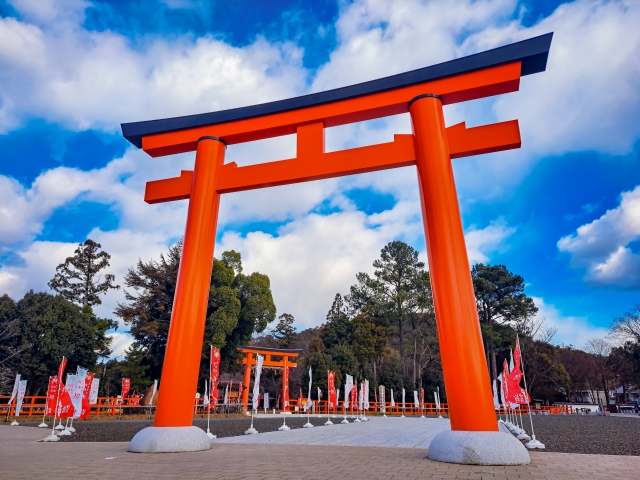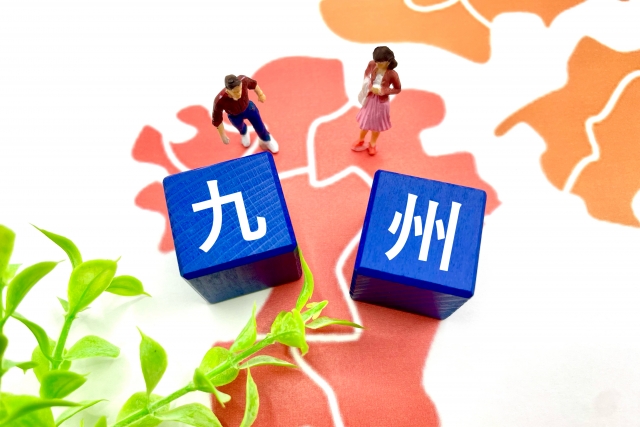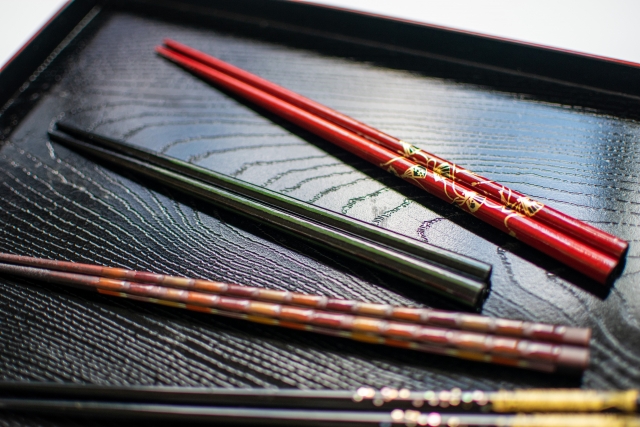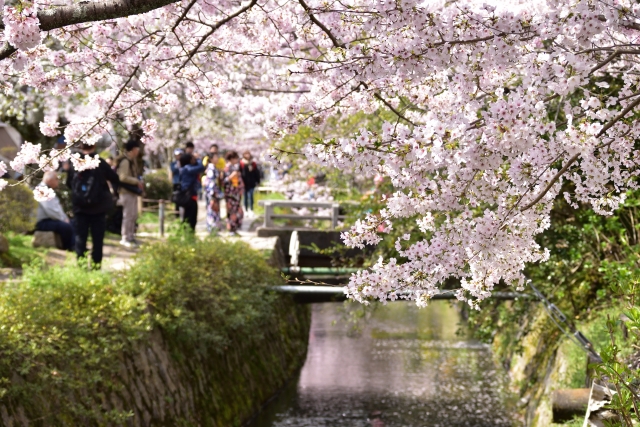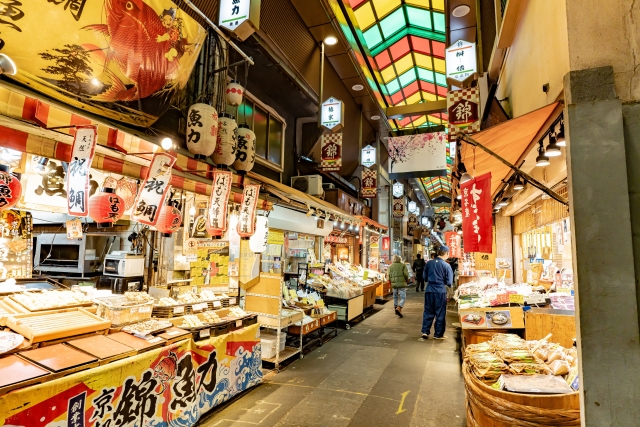If you’ve ever visited a Japanese inn or Ryokan, guest house, or temple inn, you’ve probably been a little confused by tatami rooms. Tatami is a unique Japanese culture.
Tatami is a flooring material that is best suited to the climate and the natural environment of Japan, and has a deep connection with geography, history, and the Japanese climate. I hope that knowing about the tasteful tatami will help you feel the culture when you visit Japanese houses.”
 Basically, tatami consists of A) “”Tatami-doko”” tatami mat as the core material, B) “”Tatami-omote”” tatami mat surface, and C)””Tatami-beri”” tatami borders.
Basically, tatami consists of A) “”Tatami-doko”” tatami mat as the core material, B) “”Tatami-omote”” tatami mat surface, and C)””Tatami-beri”” tatami borders.
 At the beginning of this article, I said that tatami is a flooring material suitable for the Japanese climate, and it has various functions such as heat insulation, heat retention, and elasticity due to its structure. The most important point is that it can control humidity. During the humid season, each tatami mat absorbs about 500cc of moisture, and during the dry season, it releases the moisture from itself to prevent drying. Japan has four clear seasons, with dry winters and humid summers, so tatami has played a major role.
In addition, the natural igusa used to make tatami-omote has the effect of purifying the air in the room by absorbing carbon dioxide, dust, and dirt, turning them into harmless carbon monoxide and returning them to the air. In other words, it circulates, adjusts, and cleans the air in the room. It is the most suitable flooring material for the climate and the natural environment of Japan, with the natural scent of igusa and the feel of nature.
”
At the beginning of this article, I said that tatami is a flooring material suitable for the Japanese climate, and it has various functions such as heat insulation, heat retention, and elasticity due to its structure. The most important point is that it can control humidity. During the humid season, each tatami mat absorbs about 500cc of moisture, and during the dry season, it releases the moisture from itself to prevent drying. Japan has four clear seasons, with dry winters and humid summers, so tatami has played a major role.
In addition, the natural igusa used to make tatami-omote has the effect of purifying the air in the room by absorbing carbon dioxide, dust, and dirt, turning them into harmless carbon monoxide and returning them to the air. In other words, it circulates, adjusts, and cleans the air in the room. It is the most suitable flooring material for the climate and the natural environment of Japan, with the natural scent of igusa and the feel of nature.
”

 The oldest known tatami is from the Nara period (710-794). The old tatami called””gooshono-tatami”” (* placed on a stand made of wood) is stored in the Shosoin in the Nara Todaiji
Temple.
There are some differences in the way tatami are made and their uses from those of today. It seems that two tatami were placed side by side and used as a bed for sleeping. Since tatami is mentioned in the “”Kojiki”” (Records of Ancient Matters), it is thought that tatami was used like today’s “”Goza””.
However, current tatami is thought to have originated in the Heian period (around 800), when it was used as a rug on top of a wooden floor in the residences of nobles. These are thought to have developed into flooring materials. In those days, tatami was considered a symbol of status and wealth.
From the Kamakura period (1185-1333) to the Muromachi period (1333-1573), rooms with tatami covering the entire room were built, mainly in the “”Shoin-zukuri”” style. From the late 1500’s (Momoyama period) to the 1600’s (Edo period), “”sukiya-zukuri”” and “”Sado”” or tea ceremony”” developed, and tatami gradually came to be used in the homes of common people. It was around this time that tatami became commonplace in the homes of common people. From the middle of the Edo period onward, people called “”tatami-shi”” or “”tatami-ya”” were active, and the sight of tatami drying could be seen everywhere.”
The oldest known tatami is from the Nara period (710-794). The old tatami called””gooshono-tatami”” (* placed on a stand made of wood) is stored in the Shosoin in the Nara Todaiji
Temple.
There are some differences in the way tatami are made and their uses from those of today. It seems that two tatami were placed side by side and used as a bed for sleeping. Since tatami is mentioned in the “”Kojiki”” (Records of Ancient Matters), it is thought that tatami was used like today’s “”Goza””.
However, current tatami is thought to have originated in the Heian period (around 800), when it was used as a rug on top of a wooden floor in the residences of nobles. These are thought to have developed into flooring materials. In those days, tatami was considered a symbol of status and wealth.
From the Kamakura period (1185-1333) to the Muromachi period (1333-1573), rooms with tatami covering the entire room were built, mainly in the “”Shoin-zukuri”” style. From the late 1500’s (Momoyama period) to the 1600’s (Edo period), “”sukiya-zukuri”” and “”Sado”” or tea ceremony”” developed, and tatami gradually came to be used in the homes of common people. It was around this time that tatami became commonplace in the homes of common people. From the middle of the Edo period onward, people called “”tatami-shi”” or “”tatami-ya”” were active, and the sight of tatami drying could be seen everywhere.”
 Although not widely known, the size of tatami differs by region.
Here are four typical regional sizes of tatami.
Although not widely known, the size of tatami differs by region.
Here are four typical regional sizes of tatami.
 If you’re looking into tatami, here’s some etiquette you should know.
You are not supposed to step on the border of a tatami. This is because in the past, there were differences in the border of tatami depending on one’s status, and stepping on the border carelessly was regarded as an act of trampling on the symbol of authority.”
If you’re looking into tatami, here’s some etiquette you should know.
You are not supposed to step on the border of a tatami. This is because in the past, there were differences in the border of tatami depending on one’s status, and stepping on the border carelessly was regarded as an act of trampling on the symbol of authority.”
 The more you know about tatami, the more interested you may become in it. I think it is no wonder that it was used as a natural air conditioner because Japan is a humid country. Also, these days, more and more households with young children use tatami in only one part of the room. This is not only because of its elasticity, but also because tatami is antibacterial and therefore clean. It is a really good flooring material for babies who crawl.”
The more you know about tatami, the more interested you may become in it. I think it is no wonder that it was used as a natural air conditioner because Japan is a humid country. Also, these days, more and more households with young children use tatami in only one part of the room. This is not only because of its elasticity, but also because tatami is antibacterial and therefore clean. It is a really good flooring material for babies who crawl.”
 As you can see, tatami, a flooring material suitable for Japan, has been decreasing in recent years, partly due to the improvement of air conditioning and heating systems.
However, although the number of large Japanese-style rooms is decreasing, small tatami spaces such as Japanese-style rooms of about 3.5 to 4 tatami mats adjacent to the living room, or “”koagari”” and tatami corners are becoming popular. I hope that I would like to preserve the Japanese tatami culture as a tatami room or reception room during the day, a bedroom at night, and a playground for children.”
As you can see, tatami, a flooring material suitable for Japan, has been decreasing in recent years, partly due to the improvement of air conditioning and heating systems.
However, although the number of large Japanese-style rooms is decreasing, small tatami spaces such as Japanese-style rooms of about 3.5 to 4 tatami mats adjacent to the living room, or “”koagari”” and tatami corners are becoming popular. I hope that I would like to preserve the Japanese tatami culture as a tatami room or reception room during the day, a bedroom at night, and a playground for children.”
Contents


